How to grow tamarind from seed – expert tips for your own tropical tree
Tamarinds make pretty houseplants or backyard trees, and with the right know-how, can be grown from seeds
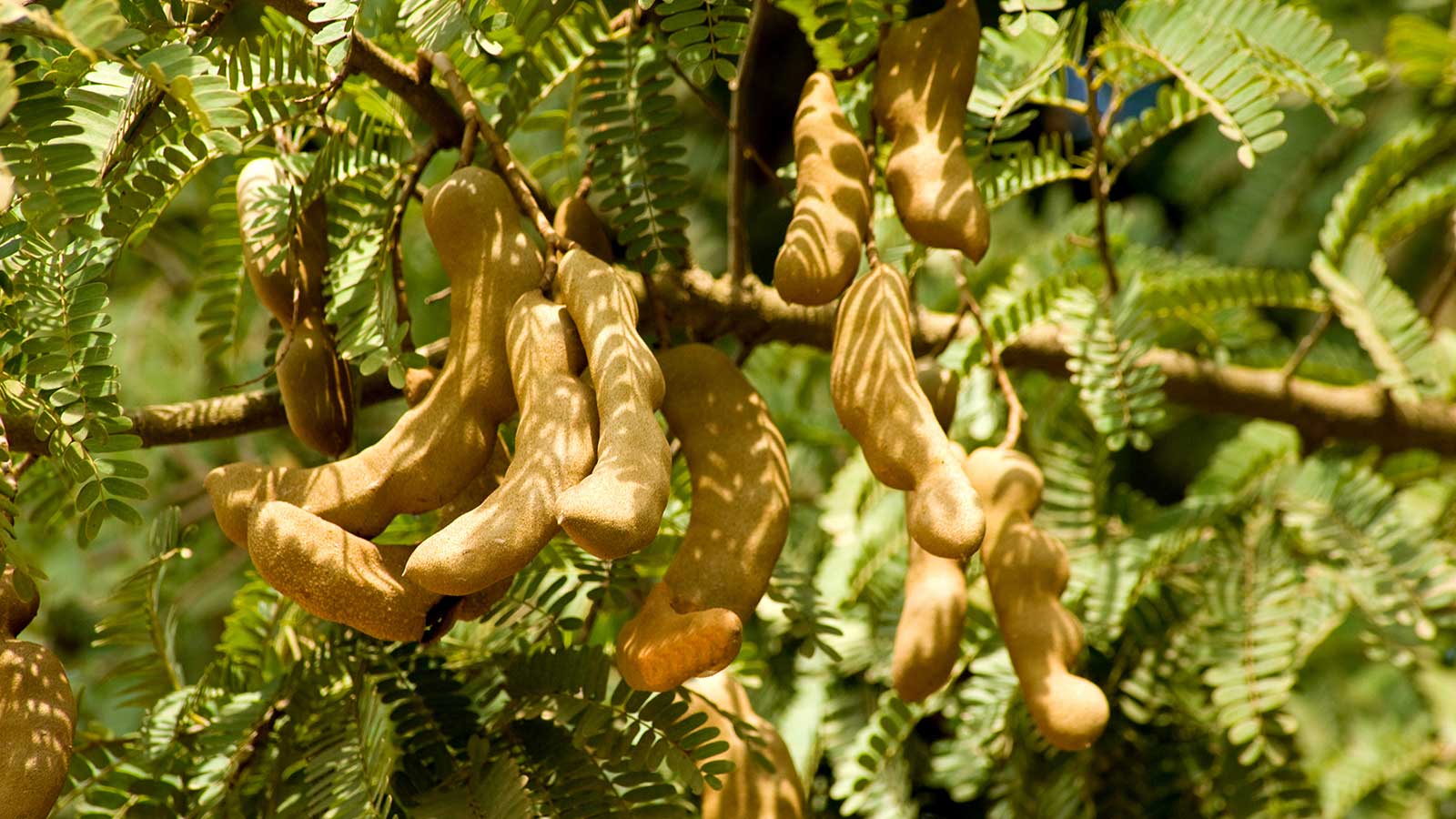

Tamarind trees are attractive evergreens that produce sweet-and-sour-tasting fruits. In tropical climes, they can be grown in backyards, where they can reach over 40 feet tall and provide shade.
In locations where it's too cool for outdoor growing, these tropical plants can be kept as houseplants. Their lush, feathery foliage makes them a pretty addition to any interior scheme.
Either way, while you can buy tamarind plants in pots (they're available at Fast Growing Trees), it's a fun challenge to start them off as seeds. Below, you'll find expert tips on how to do so.
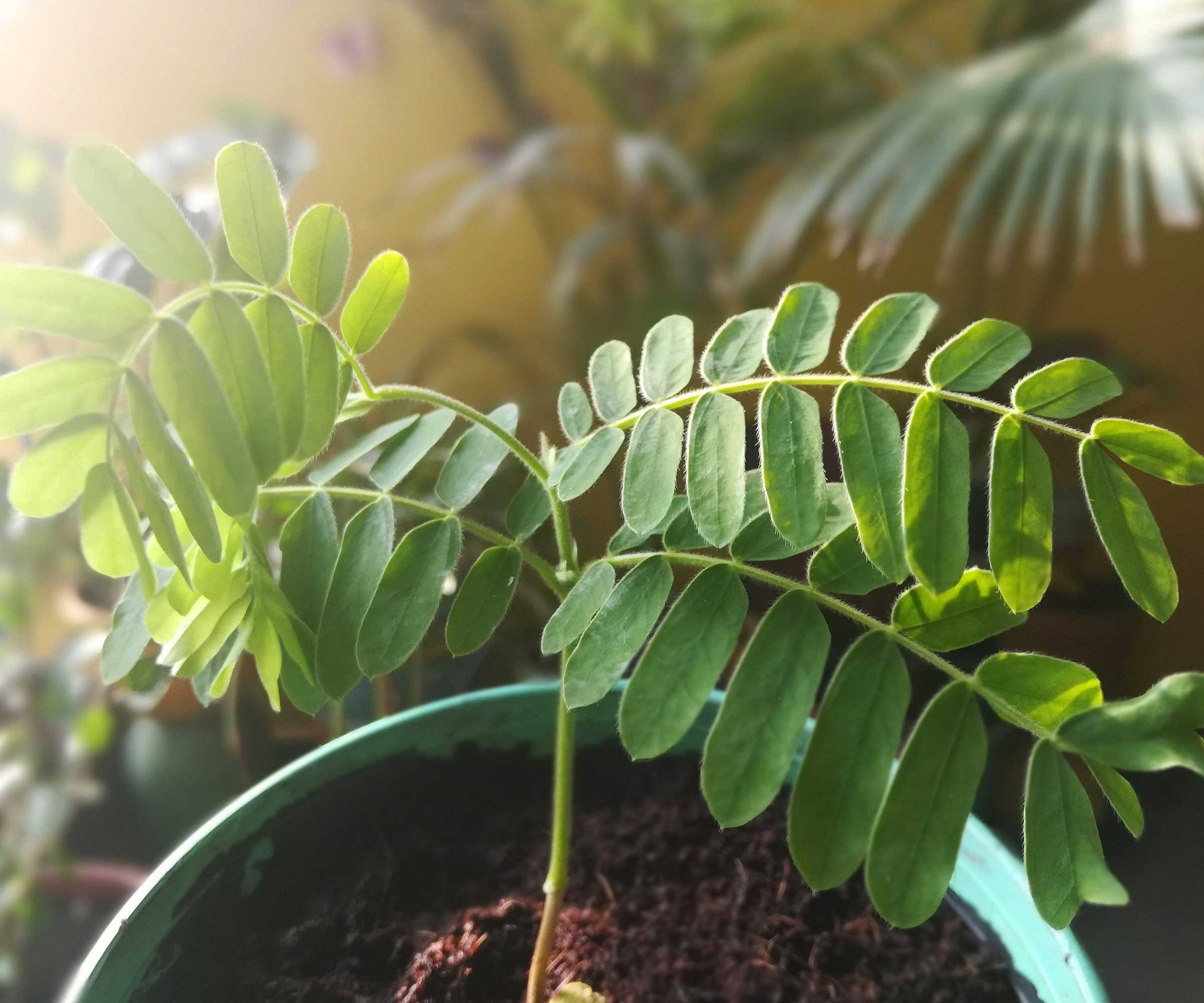
Tamarinds have beautiful, evergreen leaves
How to grow tamarind from seed
Tend to your own tropical tree with this practical guide – it only takes a few steps.
A step-by-step guide for growing tamarind from seed
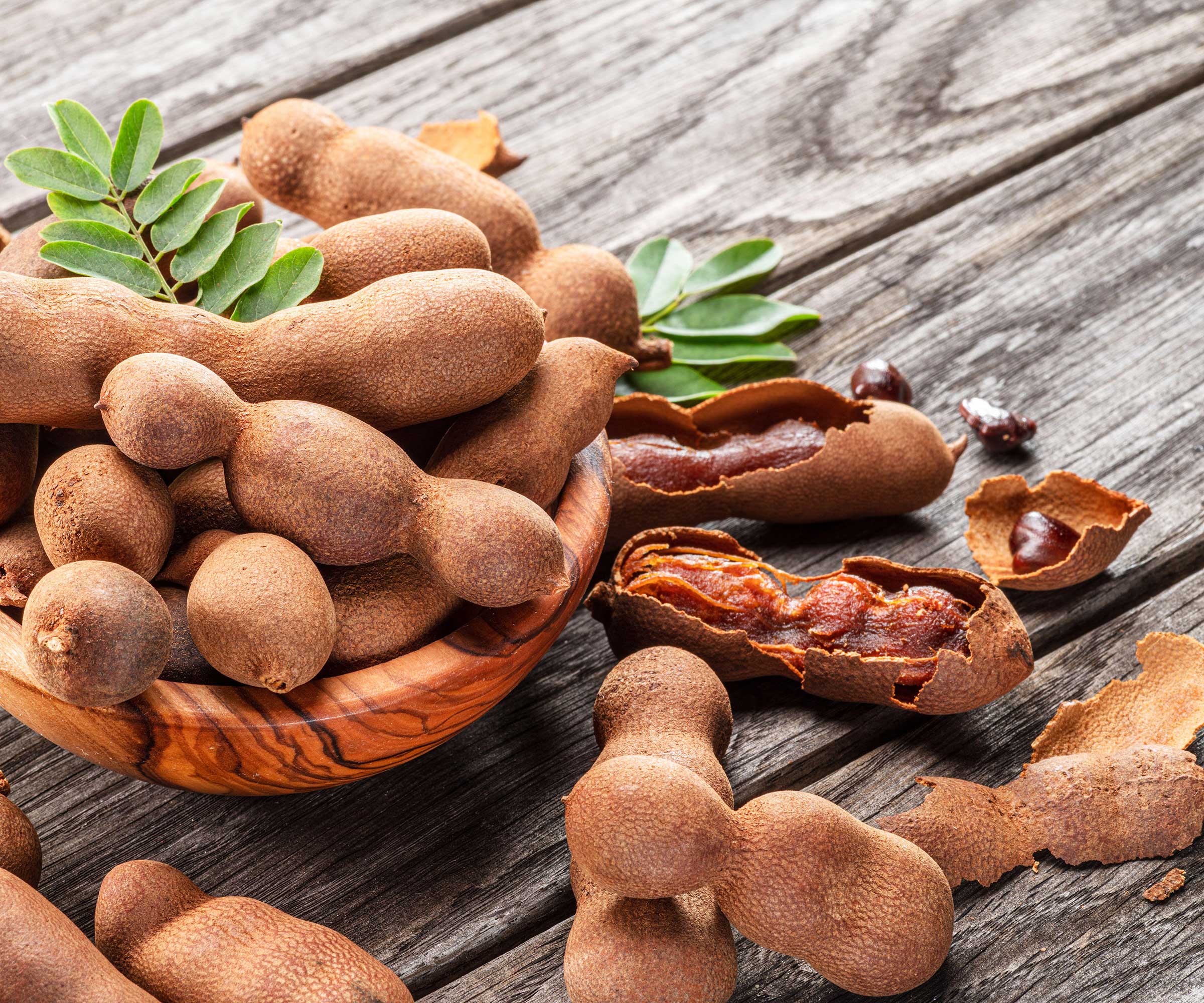
The large, shiny seeds can be extracted from the fruits
Charmaine Peters, a gardening expert from Arden, and Autumn Hilliard-Knapp from Perfect Plants Nursery share their tips for growing tamarind trees from seed below:
- Get your seeds: You can extract fresh tamarind seeds from fruits, or buy them from grocery stores, nurseries, or online, Charmaine says. 'Select larger, plump seeds.'
- Prepare your seeds: You can use nail clippers or scissors to trim the edges of the seeds, Charmaine says. This is optional but can be beneficial in speeding up the germination process by aiding in water absorption. Then, soak them in warm water overnight to soften the seed coats, she instructs.
- Sow the seeds: Next, it's time to plant your seeds. Autumn advises using containers with good drainage filled with a well-draining potting mix. Sow them about an inch below the soil, Charmaine says, then lightly water them. Covering each container with a plastic bag will create a humid environment which can promote germination, Charmaine continues – 'However, monitor the seedlings regularly to prevent mold growth or excessive moisture buildup.'
- Tend to your seedlings: Autumn says, 'Place the containers in a warm and sunny location, such as near a south-facing window or outdoors in a tropical or subtropical climate. If in a cooler climate, it is possible to germinate your seeds with artificial sunlight and heat mats. Keep the potting mix consistently moist but not waterlogged.' Charmaine recommends misting it regularly with a spray bottle. It should take about two to four weeks for the seeds to sprout, Charmaine continues. When they do, you can remove the plastic bag, if using.
- Pot on or plant out: Once a few sets of true leaves appear, Charmaine recommends transplanting the seedlings into larger pots. 'Use a well-draining soil mix and place the plants in a spot with six to eight hours of sunlight.' Make sure to keep them in a warm place, she adds. If your climate is suitable, you can alternatively plant them into the ground outdoors.

Keep your seedlings hydrated with an ultra-fine mist using this spray bottle, which has over 3,000 5-star reviews on Amazon.
In terms of ongoing maintenance, Autumn advises watering your tamarind trees regularly, especially during dry periods if planted outdoors. As they establish, they will become more drought-tolerant.
'Fertilize with a balanced fertilizer every few months, following the instructions on the fertilizer packaging,' she continues, recommending the Perfect Plants Nursery slow-release fertilizer. 'Prune any dead or diseased branches as needed,' she adds.
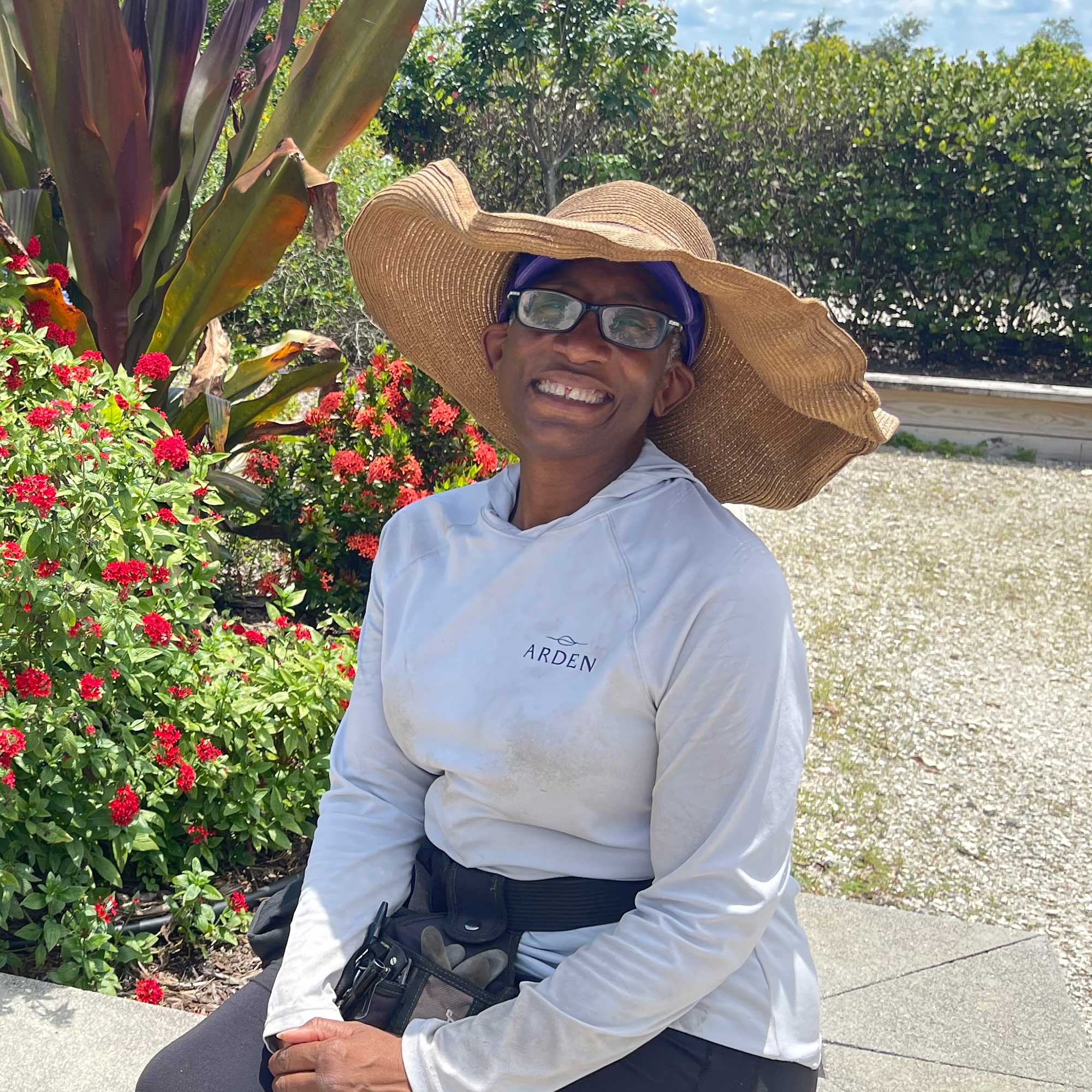
Charmaine Peters is the farm director at Arden, an Agrihood community in Wellington, Florida. She manages the community’s five-acre working farm, as well as a monthly farm-share program for residents.

Autumn is a horticulture specialist and marketing professional at Perfect Plants Nursery. With four years of experience in the horticulture industry, she has developed a passion for helping people create beautiful indoor and outdoor spaces to enjoy. Her expertise in horticulture encompasses a broad range of activities, including plant care and selection, landscape design, and maintenance.
Moving tamarind trees outdoors
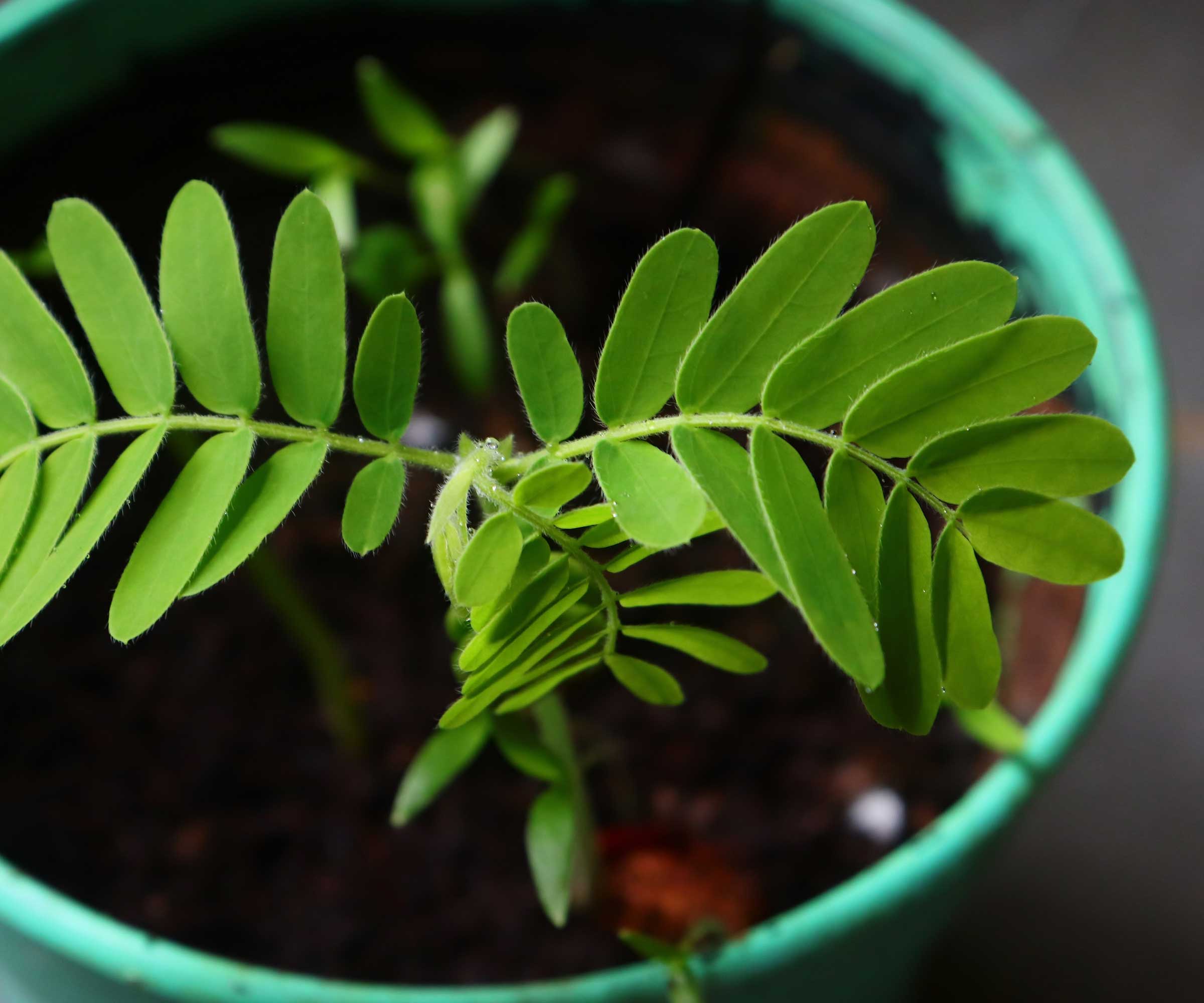
Tamarinds need a warm environment
Tamarind trees can be grown outdoors in USDA hardiness zones 10-11. They will not tolerate frost.
In cooler climes, you can move a potted indoor tree somewhere sunny in your yard in summer. Like citrus trees, bring it back indoors before temperatures drop again.
FAQs
When should you plant tamarind seeds?
Autumn says, 'Tamarind seeds can be planted at any time of the year, but it is best to plant them during the warm months to provide optimal conditions for germination and growth.'
How do you store tamarind seeds?
If you have bought or collected some seeds but don't want to plant them just yet, you can store them. Ensure they are dry, first.
Charmaine recommends using an airtight glass jar or a sealed bag. 'Place it in a cool, dry place away from direct sunlight,' she says.
'Label the container with the storage date to track how long the seed has been stored. Tamarind seeds can remain viable for planting for up to one year.'
How long does it take for a tamarind tree to produce fruit?
While growing tamarind from seed is an enjoyable experiment to try, don't expect a fruitful crop anytime soon.
According to Charmaine, fruits won't appear until at least the eighth year after planting from seed. Grafted plants or plants grown from cuttings can start bearing fruit sooner, she adds – 'often within three to four years.'
Looking for more trees to grow from seed? Planting an avocado stone is a great option to try.
Sign up to the Homes & Gardens newsletter
Design expertise in your inbox – from inspiring decorating ideas and beautiful celebrity homes to practical gardening advice and shopping round-ups.

Holly started writing about gardening five years ago, and she is a regular contributor to Homes & Gardens. She has also written many gardening features for Woman & Home and Real Homes, too. She has previous experience as a professional gardener, where she helped to plant and maintain private gardens. Holly has also looked after allotment plots over the years and loves to grow her own flowers and veggies from seed. In her spare time, she enjoys visiting local gardens, botanical drawing, and tending to her ever-growing collection of houseplants.
-
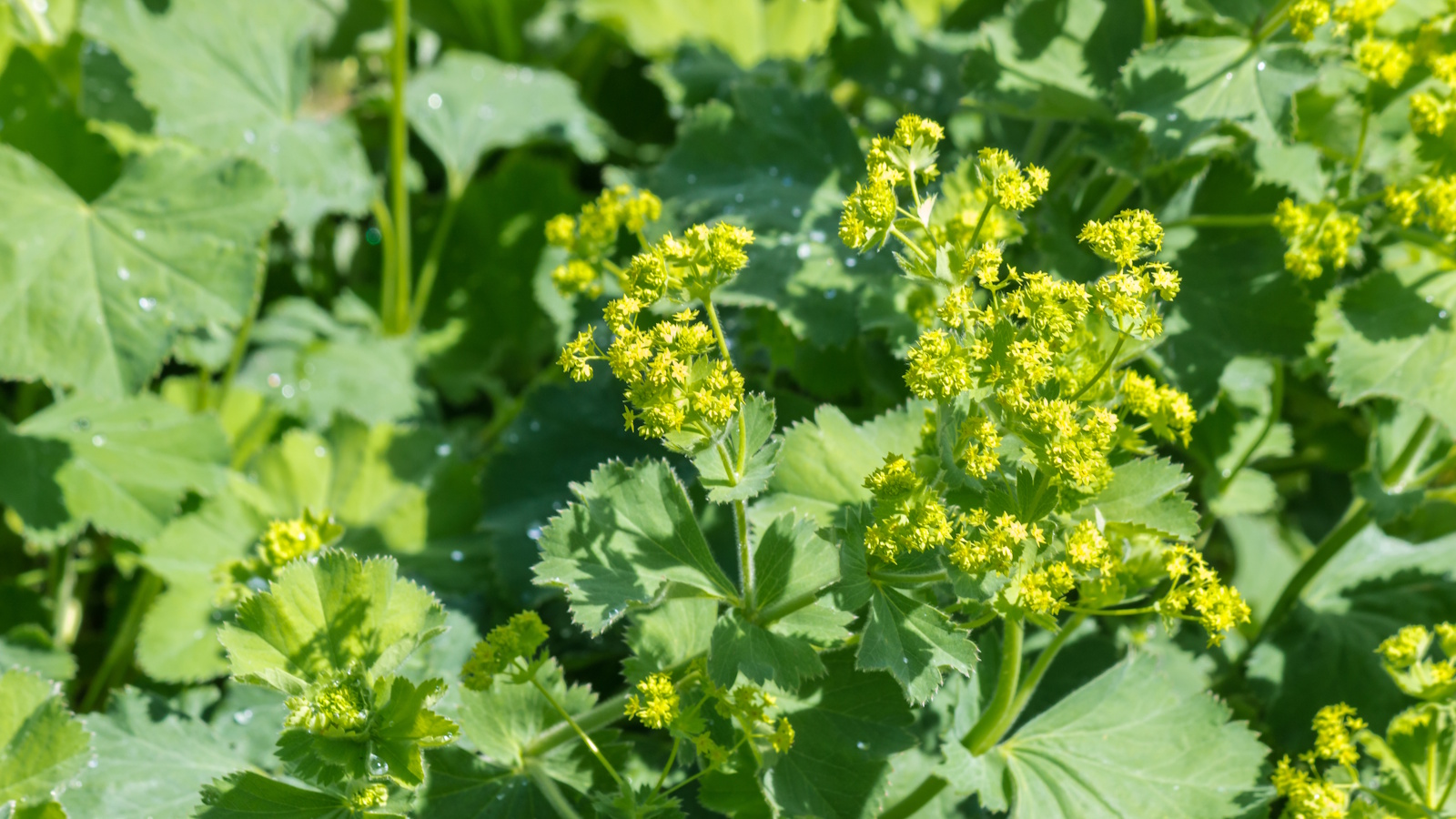 How to grow lady's mantle – for a shade-tolerant ground cover plant that will thrive in challenging borders
How to grow lady's mantle – for a shade-tolerant ground cover plant that will thrive in challenging bordersWith lush green foliage and luminous lime flowers, lady's mantle can add color and impact
By Thomas Rutter
-
 I thought I was over white kitchens, but Brooke Shields' cabinets reminded me why it's a truly timeless color choice
I thought I was over white kitchens, but Brooke Shields' cabinets reminded me why it's a truly timeless color choiceThe actress' cabinets pair seamlessly with a blue-painted accent wall, proving that this neutral shade is ever-versatile
By Hannah Ziegler